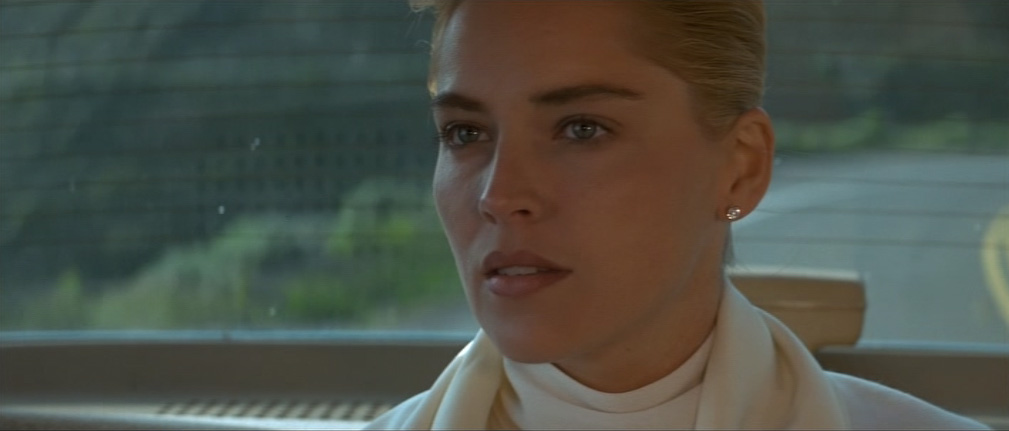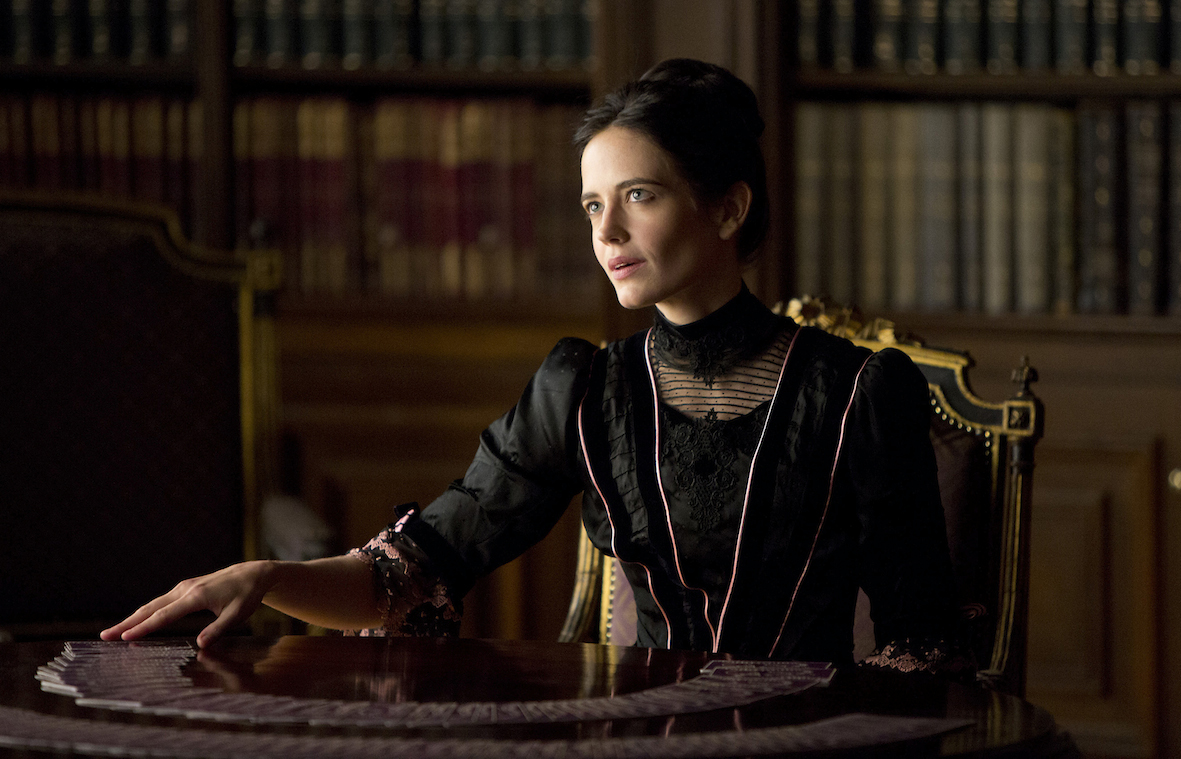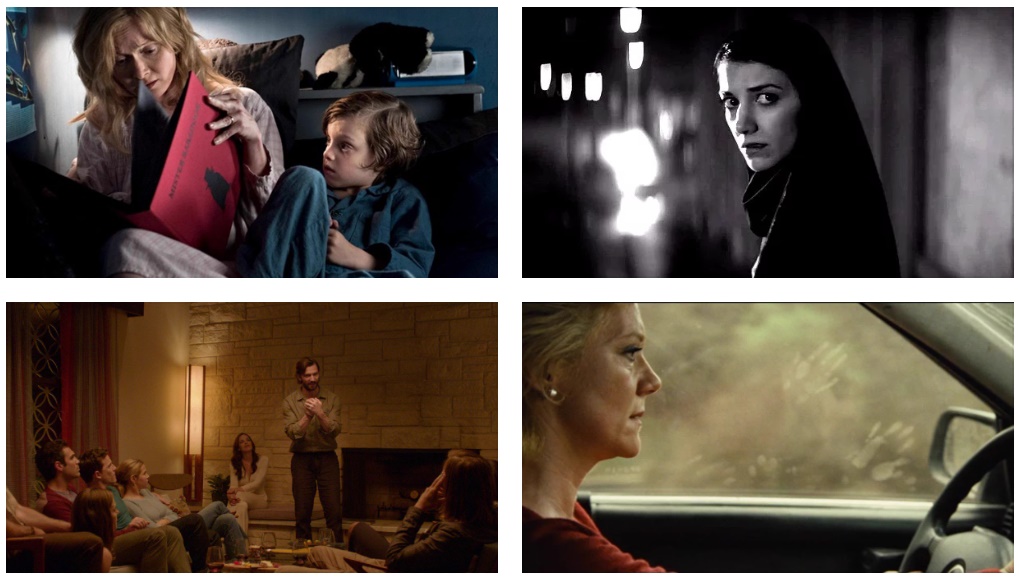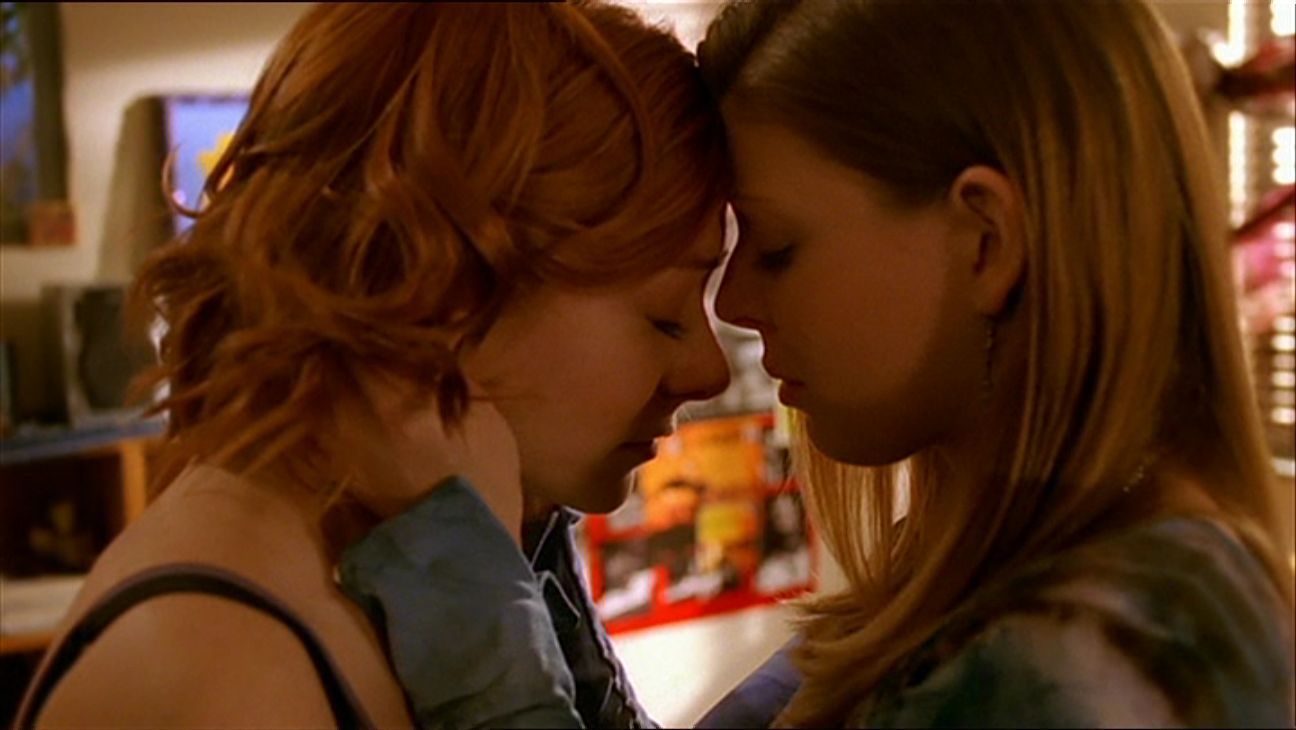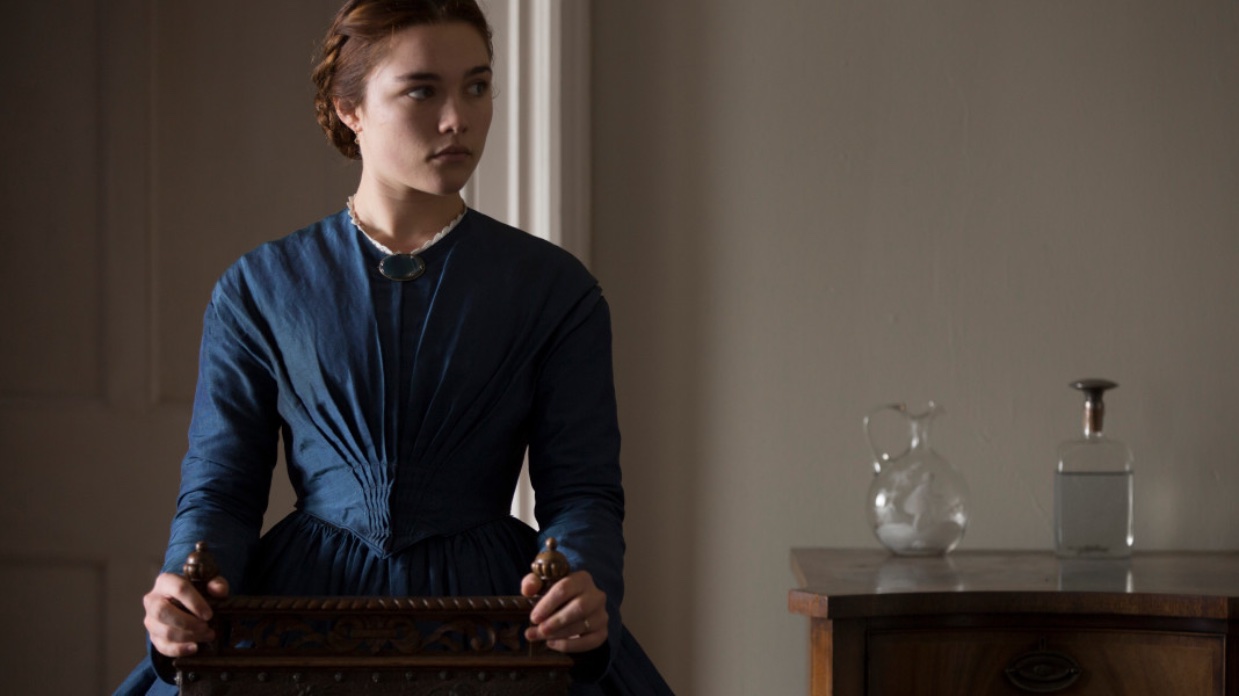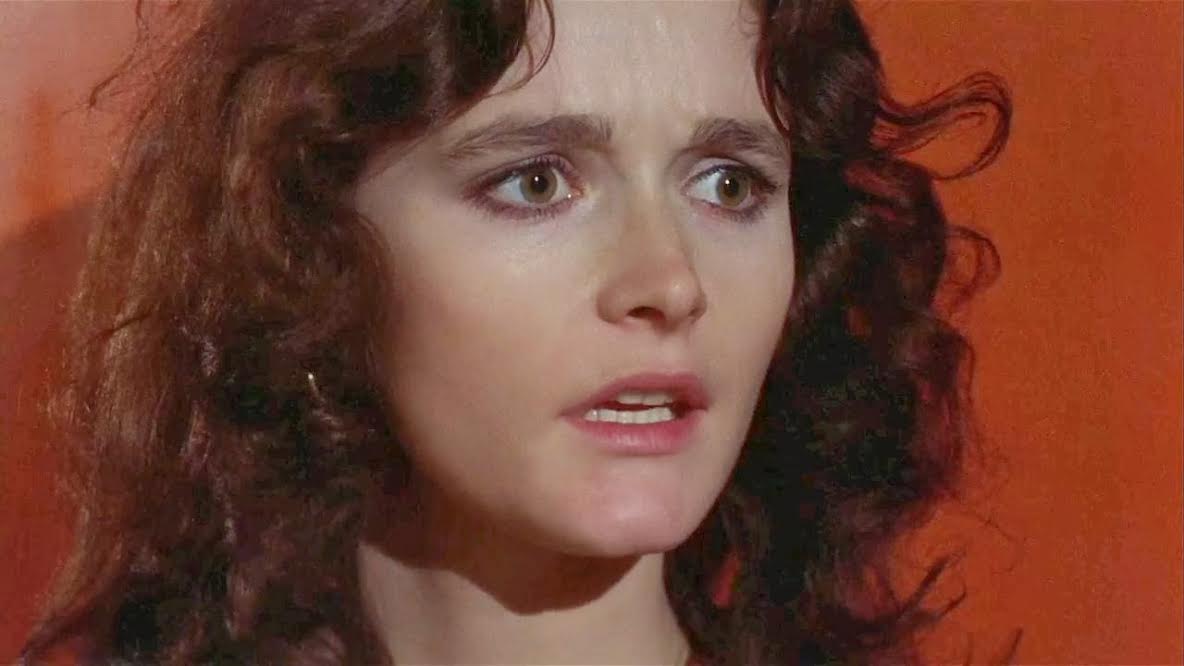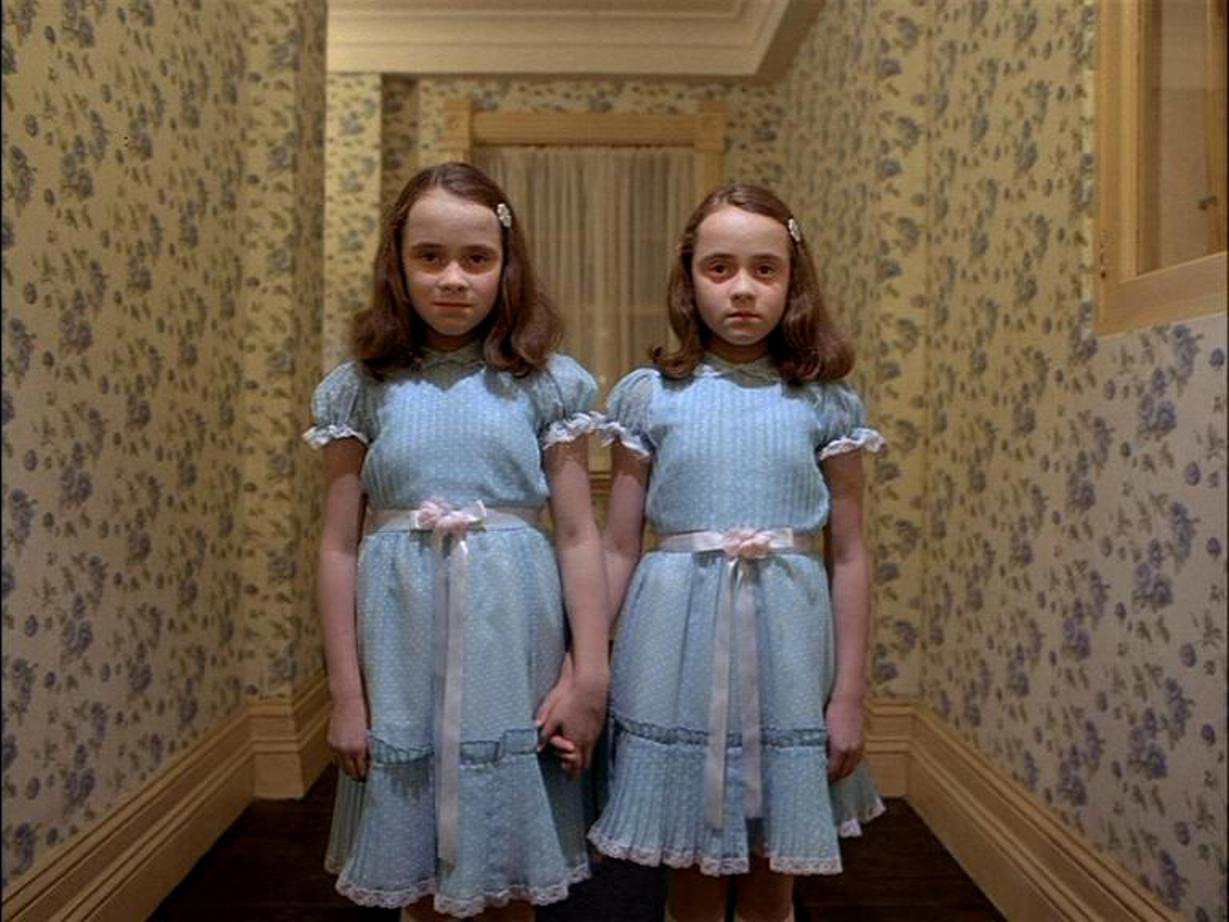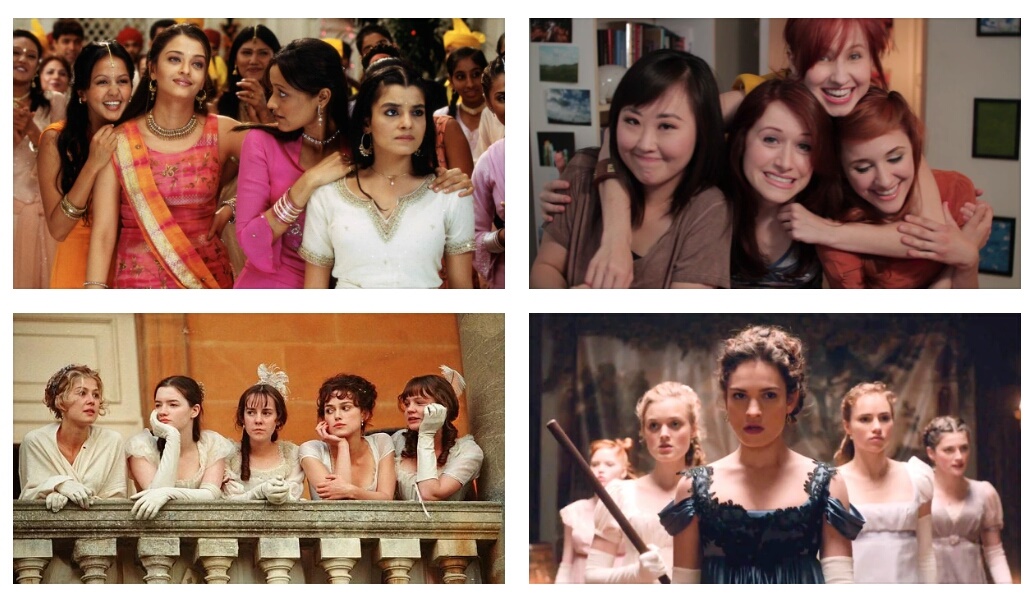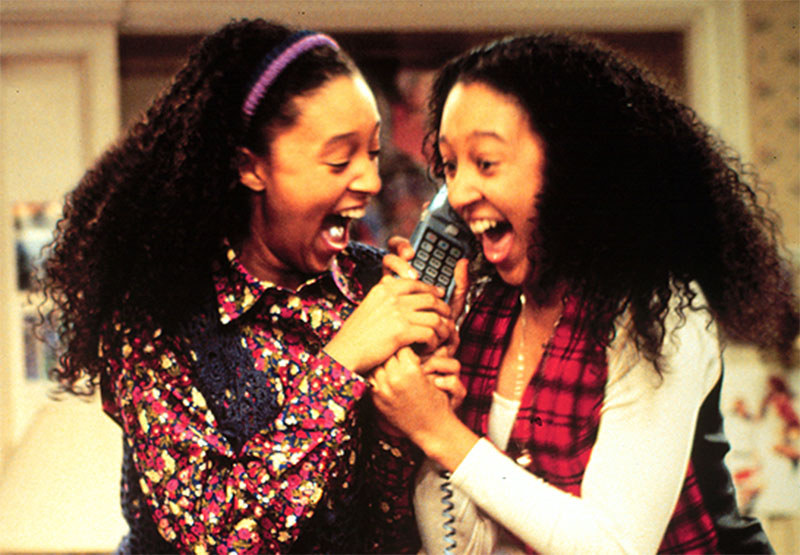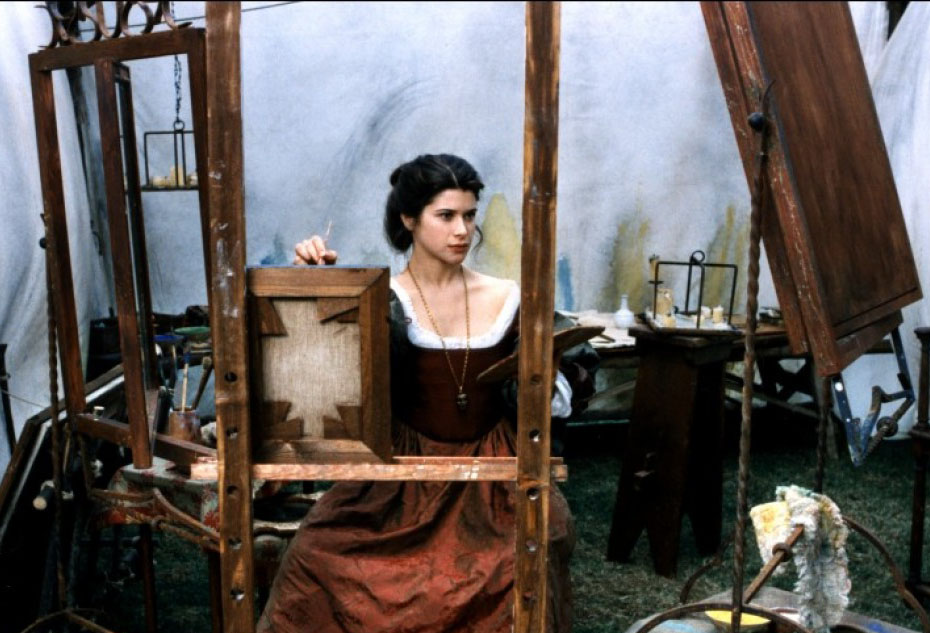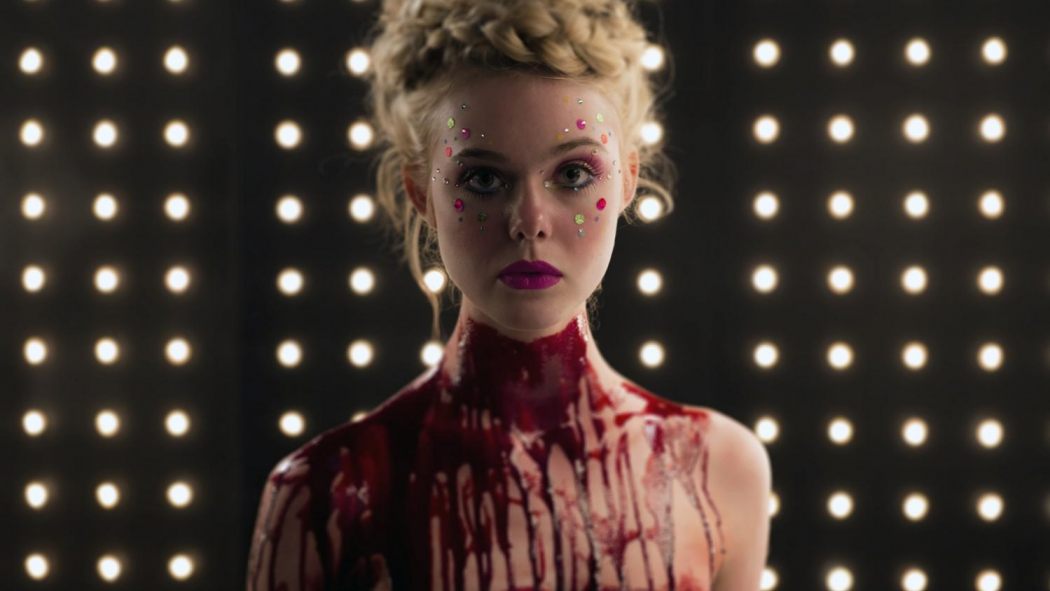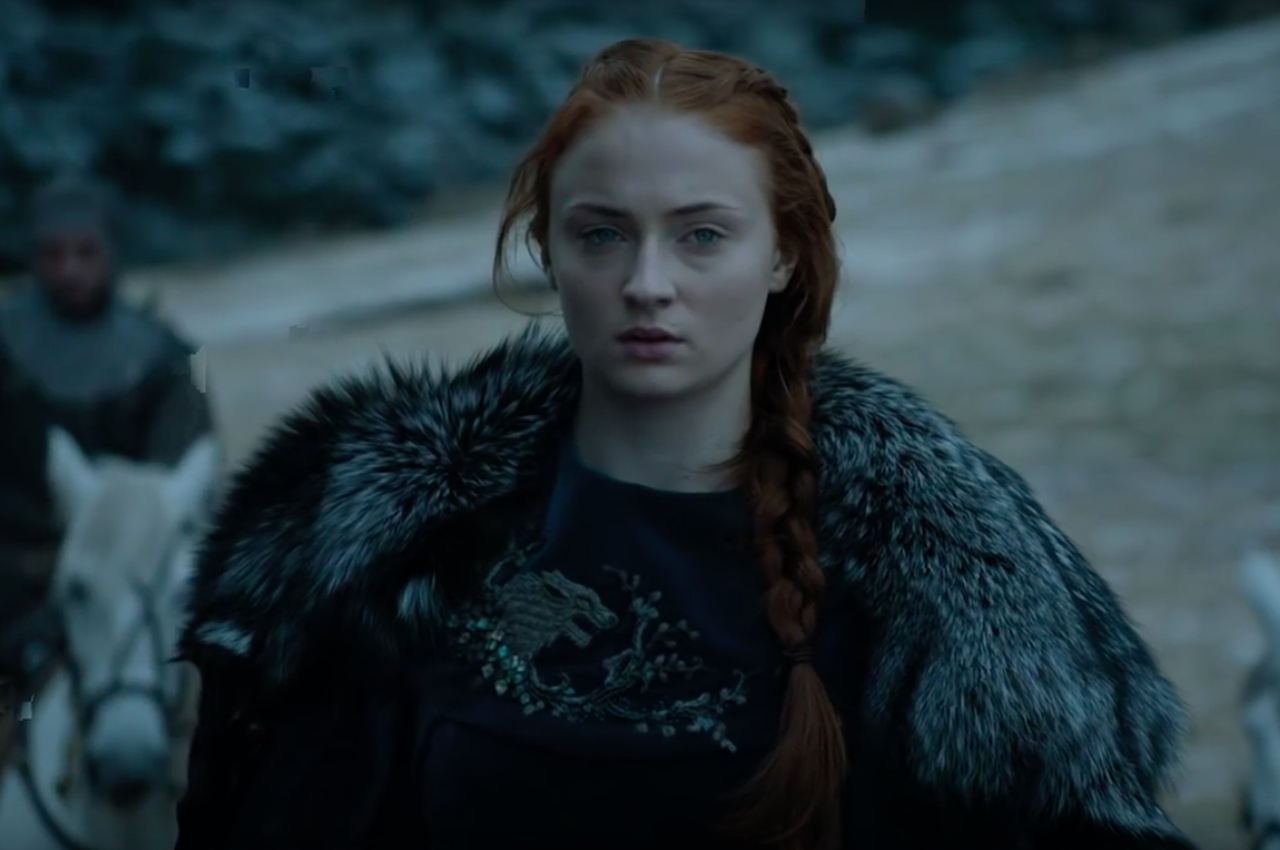Catherine Tramell in ‘Basic Instinct’ Is a Subversive Anti-Hero
The notion of Catherine as a subversive anti-hero develops when you view the film not as a story about the supposed protagonist Detective Nick Curran but as Catherine’s journey from mind games to almost domestic bliss but always returning to her basic instincts which threatens the Hollywood happy ending of established heteronormativity.
